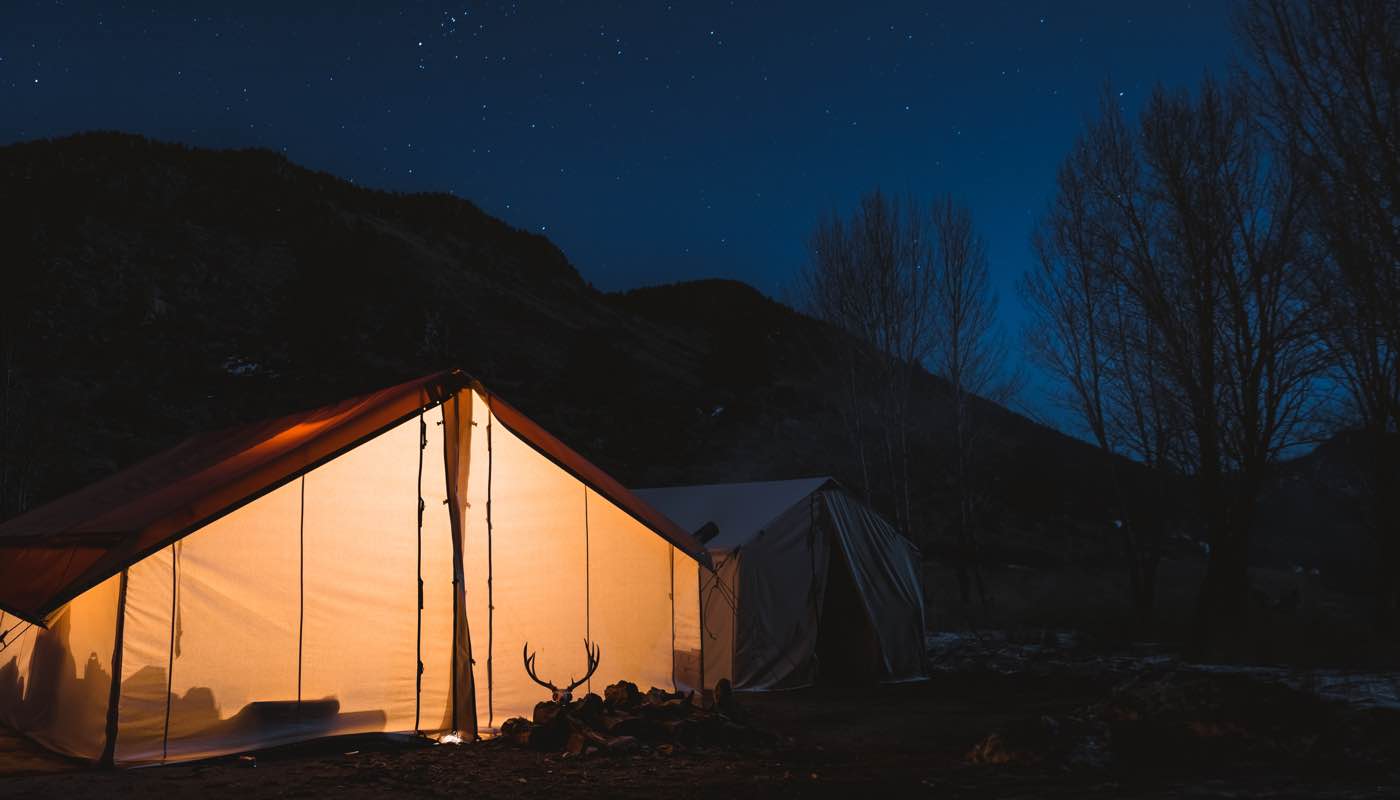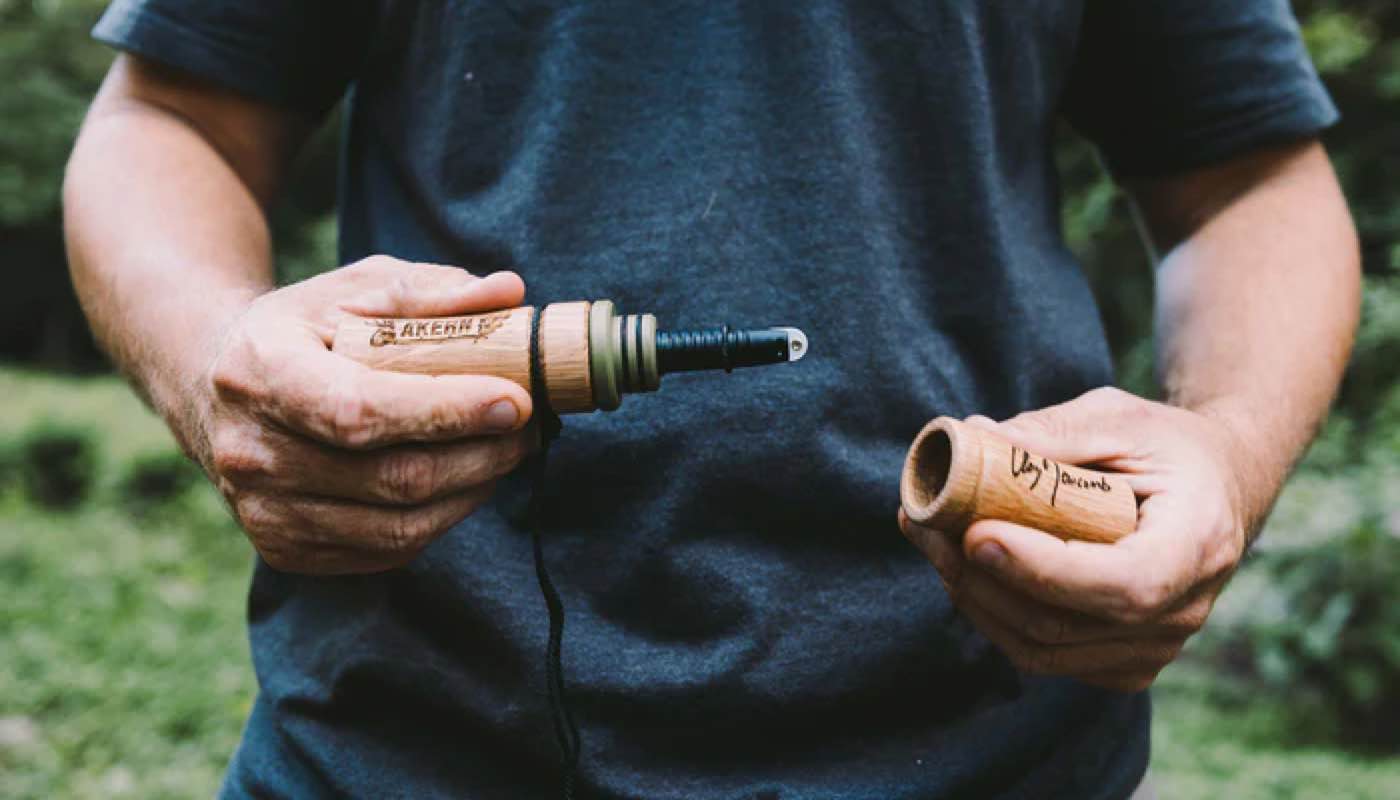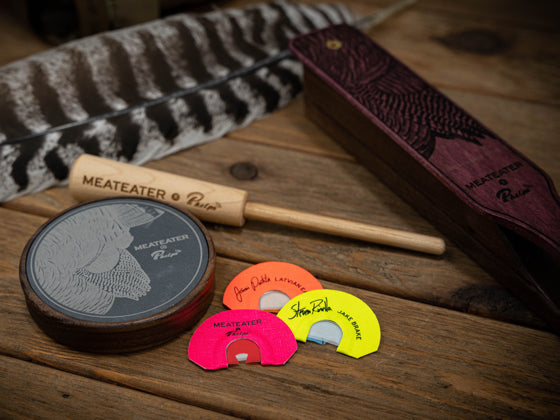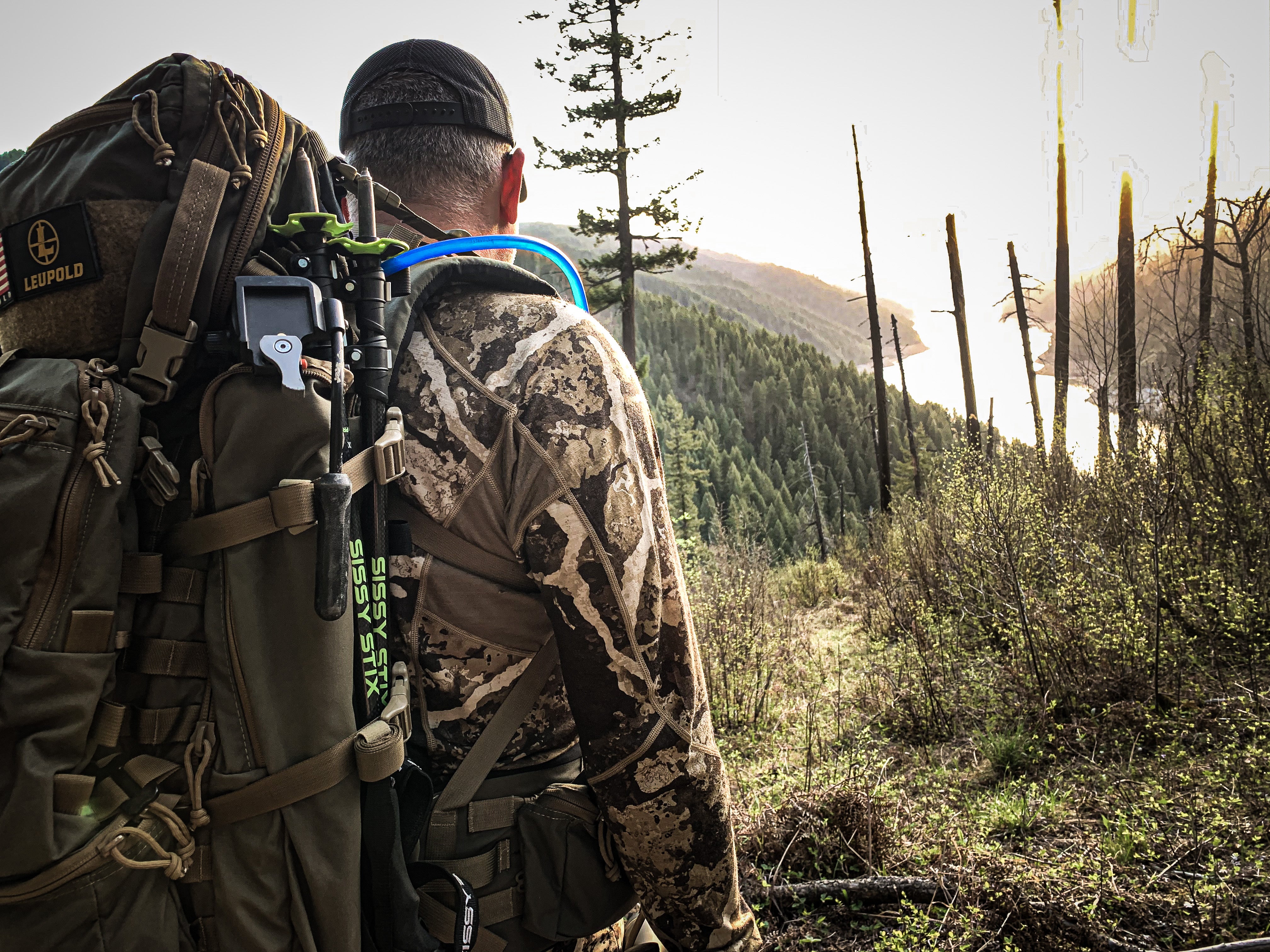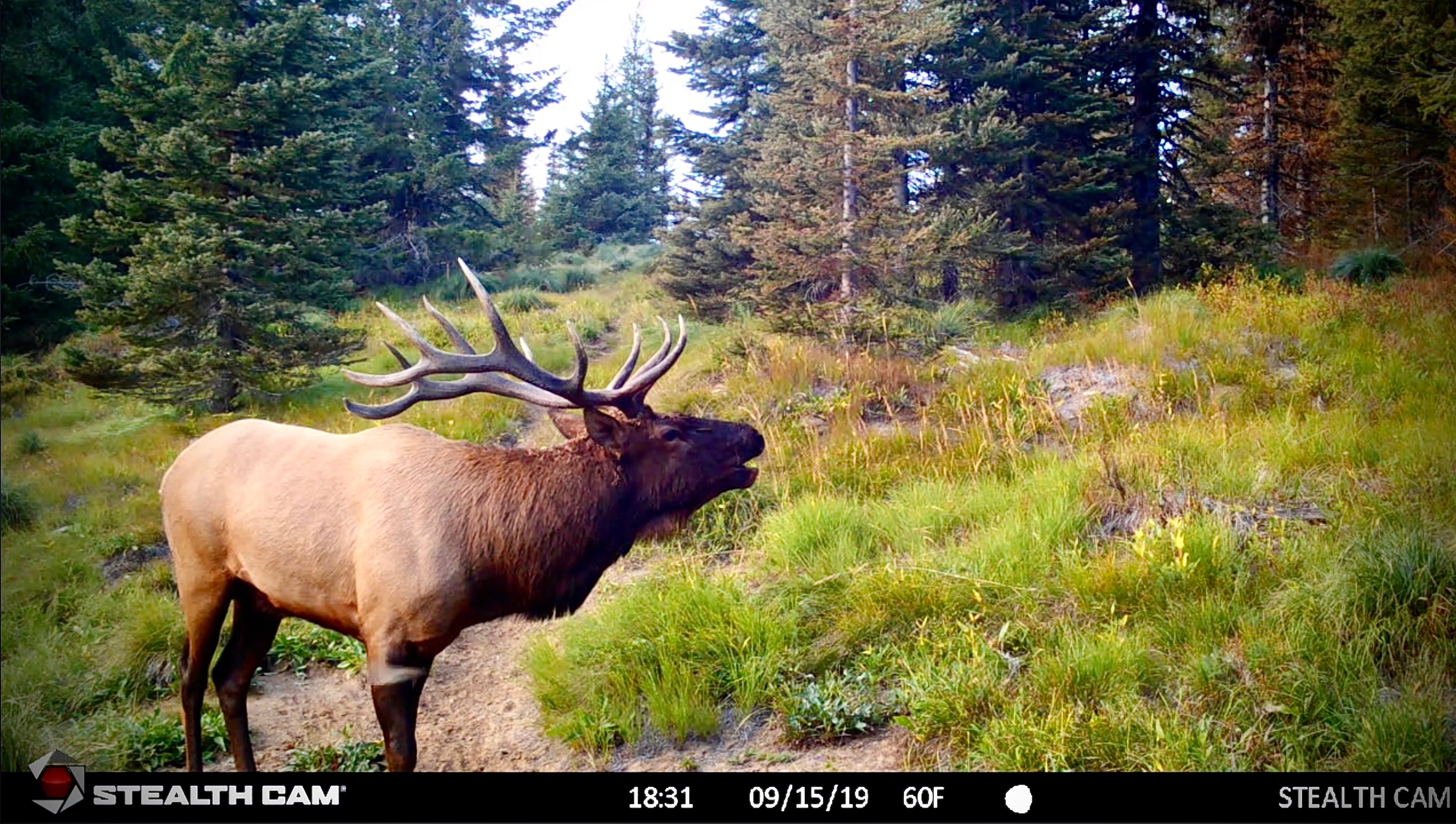6 weeks until SEPTEMBER! Are you ready? Are your hunting arrows and broadheads dialed?
Don't worry, there is still time to build the perfect elk hunting arrow. We won't go into any kind of detail about mechanicals broadheads, other than for "our elk arrow" build we won't consider them. We prefer sturdy built "fixed blade, cut on contact" heads that have the sharpest blades we can find. Whether you want to use 2, 3, or 4 blade heads is a matter of preference, but just remember the old adage- "You get what you pay for." This cannot be more true about broadheads. We recommend NOT grabbing a set from your local WalMart, but rather something higher quality from your local archery proshop.
Building a relationship with your local shop can really get you out of a jam, and by supporting them they can keep their doors open to help with whatever may come your way. Sourcing your materials local and building the arrows yourself can be quite rewarding.
What is this popular buzz word acronym FOC all about? It means "Front Of Center", referring to weight distribution through the length of the arrow in relation to weight of nock end vs the tip. Now this will definitely start a heated debate because there are a few different camps of opinion. Here are my thoughts.
30 years ago nobody was thinking twice about FOC, and very few had even heard of it at all. The arrows folks shot were most often aluminum, either long and heavy, or cut short and light (utilizing overdraws), both with a heavy head. Both options killed elk stone dead with no thoughts of the science of FOC.
Fast forward and today it's super trendy to chase Extreme FOC and super heavy arrows, where some of us still like to shoot a fast flying, flat trajectory arrow. I think both camps are on the right track for arrows that will kill elk with complete pass throughs. I also believe dialing in your FOC from 10-20% will work just fine. Though heavy arrows (500-700 grains) WILL penetrate really well, especially with an Extreme FOC (20% or more), we can't dismiss the lighter (420-470 grains) arrows with 10-15% FOC as ineffective since LOTS of elk are still being taken cleanly every year with that lighter setup. I Personally like a 430-450 grain arrow with around 15% FOC since it penetrates effectively, and my pin gap is still pretty small at my 65# draw weight. Smaller pin gap equals less margin of error if I misjudge yardage by 5 yards.
Arrows Selection
While selecting the right arrow for your bow there are many things to consider. Straightness, diameter, durability, and spine.
Spine is one of the most important things to get right when it comes to your arrow setup. If your arrow is to stiff or too weak, it will not fly straight and true. There are charts all over the interweb for you to research what spine stiffness will match best with your arrow length, bow poundage, and head weight. Take a look at several different charts to check them against each other to find the appropriate spine for your set up. This will help you understand the lingo when your local proshop is talking about setting you up with a new dozen.
Straightness relates to how perfectly straight the arrow is or isn't. While many archers demand the straightest arrows money can buy, you can still shoot great arrows on a budget just a notch below the best and still kill elk.
Durability is definitely something to consider. There are some really expensive arrows that aren't known for how tough they are, and on the flipside there are less expensive choices that are tried and true workhorses. With a little bit of research on what brands or models successful archers use, you can determine the right arrow for you.
Arrow diameter can be a debatable subject among hunters. The smaller diameter the arrow is, the deeper it penetrates. But at a point, some argue the arrow is too small and becomes unresilient. We have used Black Eagle Rampage, which is considered a small diameter arrow (.204”diameter) for years with great success, while other folks use thicker arrows of other brands with let's say a .302" diameter. Whether you pic thin or thick, they gotta be tough.
Broadheads
We touched slightly on broadheads earlier. Though a lot of times broadheads are a personal preference, some certain criteria must be met to consistently perform while shooting elk.
- Are they sharp?
- Are they tough?
- Are they precision?
- Are they readily available?
When we touch a broadhead, we want it to be scary sharp. So sharp that if handled carelessly, you're going to wind up bleeding.
A tough broadhead is a MUST! Those low budget and brittle broadheads from the Walmart aren't going to hack it. Elk are incredibly tenacious, and their heavy hide, musculature, and skeleton have them built for war! How many times have you seen the pictures on social media where someone takes home a dandy bull, only to find a rival's tine broken off somewhere in his face or body? Even with a well placed arrow, wimpy broadheads can fail by breaking or just flat falling apart. You can find good quality heads priced around $40 for 3, while some of the high end precision broadheads can be around $120 for 3. The most important construction attributes to look for is how the blades fit into the ferrule, how they are held in place, and what the blades and ferrules are constructed from (steel is always in fashion). You will also want to do a spin test with them installed on your arrows, looking for any wobbly ferrules. Wobbles lead to inaccuracy. We've shot a lot of different good quality heads with success over the years, but this year we are going to run the Iron Will precision heads. They are manufactured to the tightest tolerances, are SCARY sharp, and tough as nails.
Don't buy broadheads that are so obscure that you can't find them readily available. Anything can happen during the hunt from someone stealing your gear to missing a whole quiver of arrows that were shot at elk. Make sure to have extra heads, or a line on more from a local retailer.
Tune your bow with broadheads
Right now you should be tuning your bow with broadheads, because the ultimate goal is a perfect flying hunting arrow. You can get close tuning with your field points, but often times extra adjustments will need to be made with your fixed blade broadheads. I said I wasn't going to discuss mechanicals, but I wanted to make this point... Often times archery hunters want to use expandable broadheads because they can be a little less finicky for your bow's tune. The false sense of security is that they will hit the same as your field points, even if the tuning isnt perfect on your bow. The problem is that an arrow that isn't flying perfectly, is robbed of forward momentum due to not flying perfectly straight. This will not only cost you penetration, it will also rob the energy needed to deploy the blades. Tune your bow to quality fixed broadheads, sight in and test their flight out to 70 yards (just to make the close up hunting scenarios into a chip shot) and go hunt.
Arrows are just one more piece of the puzzle to set into place long before opening day. Nothing feels better than having confidence in your equipment, when you hear that first bugle of the year.
